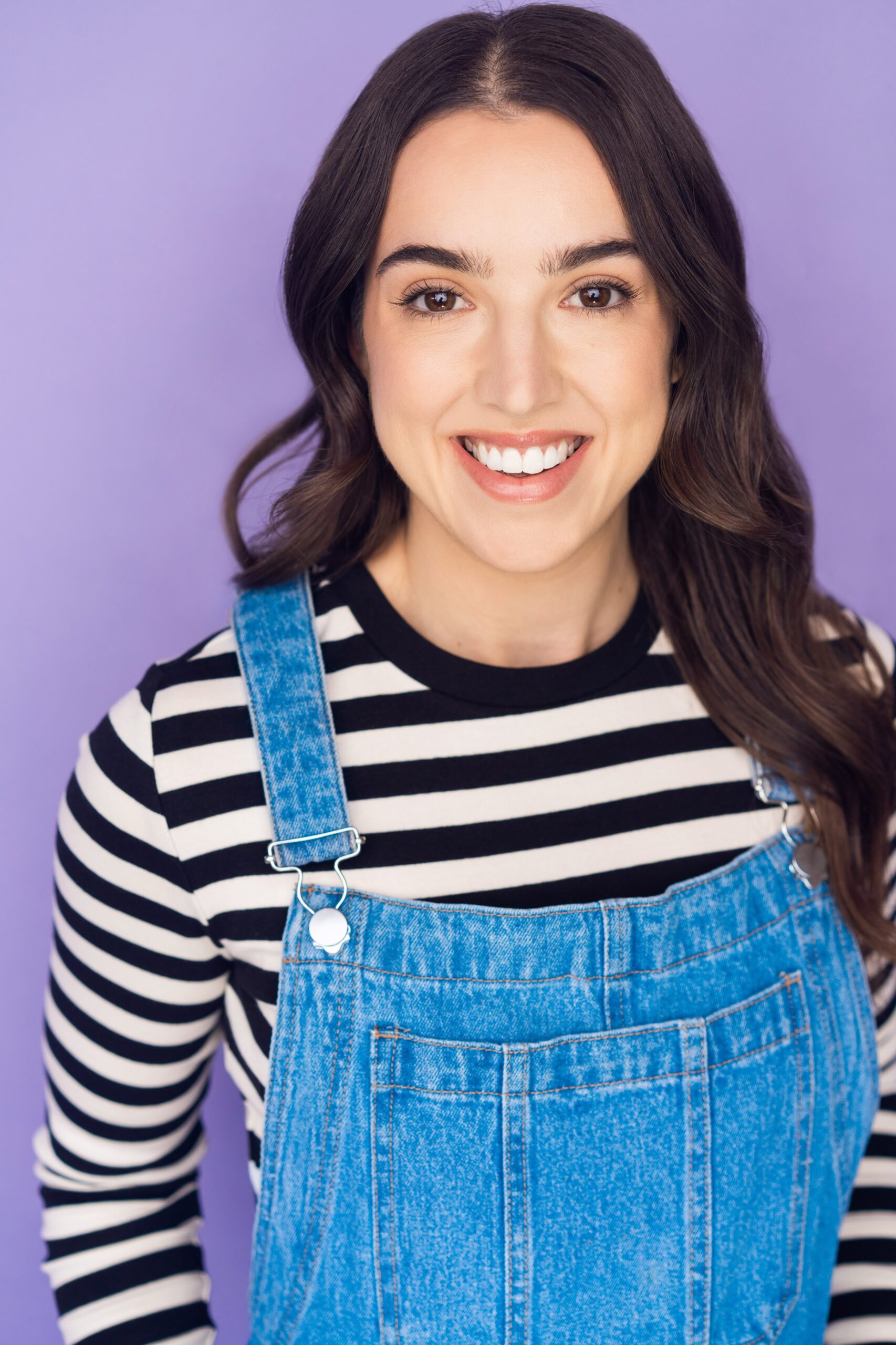Jordan Ashmore is a British actress from the south coast of England, now based in Los Angeles. A graduate of The Bridge Theatre Training Company in London, she has brought compelling characters to life across stage and screen.
Her work includes starring as a lead in Hamlet, portraying Anne Boleyn in a historical documentary series, and taking on various TV roles and commercials. Passionate about storytelling, Jordan thrives on connecting with audiences and fully immersing herself in her characters. Outside of acting, she is a dedicated fitness enthusiast with a love for CrossFit and wrestling.
Today, she has graciously taken the time to share more about her experiences in Henry VIII and the Men Who Made Him, Triple Love, and Road to Freedom, offering insights into her approach to these diverse and powerful roles.
IMAGE: JORDAN ASHMORE
Anne Boleyn is a well-known historical figure. How did you prepare for the role to bring a fresh perspective to her story?
I was fortunate to have studied Tudor History in my later education, so I was already familiar with Anne Boleyn’s story and her impact on England. I read extensively about her and explored various perspectives, especially since historical accounts from that era often reflected only the views of dominant groups.
I tried to envision her daily life, investigate her childhood, and understand her experiences before becoming queen. By highlighting lesser-known facts about her, I could relate to her as a young woman rather than just as the wife of the most important man of that time.
The series highlights the influence of men on Henry VIII’s decisions. How do you think this dynamic shaped Anne Boleyn’s fate in the story?
The men around Henry VIII, particularly Thomas Cromwell, played a crucial role in shaping her fate. The accusations of adultery and incest ultimately led to her execution.
Was there a particular scene or moment in the role that you found especially challenging or rewarding?
The beheading scene was challenging both for the character and for me as an actor. It was filmed outdoors in the cold, where I wasn’t wearing much clothing, and it took many hours to perfect. I had to tap into the character’s emotions and cry on cue as the beheading approached. Despite the challenges, I gave everything I had to each take, making it both a difficult and rewarding experience.
Victoria is described as playful and sarcastic. How did you approach balancing her humor with her curiosity about Benjamin’s dating history?
I’m very similar to Victoria as a person, so I found it easier to relate to her. I thought about how I would handle that situation in real life and brought a slight innocence to it. I wanted to ask questions while allowing space for whatever response came, whether good or bad.
Did you draw inspiration from any real-life experiences or other performances when shaping Victoria’s personality?
I thought about times when my real-life boyfriends had shared shocking news with me—not necessarily the same news, but moments that caught me off guard. I tried to channel a calm and appropriate reaction. I tend to keep things lighthearted and humorous to avoid awkwardness, which is something Victoria does as well.
How do you think audiences relate to Victoria’s blunt honesty and curiosity?
I think audiences relate to her because she says what many people are thinking but might not say themselves. Her ability to keep things light, even when discussing serious topics, is something many people do to avoid awkwardness or conflict.
Playing a victim of sex trafficking is an intense and emotionally demanding role. How did you mentally and emotionally prepare for Sasha’s story?
I knew it would be emotionally draining, so I focused heavily on the physicality of the role. This allowed the emotions to emerge naturally—when I broke the physicality, the emotions followed. We took frequent breaks and maintained a fun, positive atmosphere off-set.
What was the most challenging part of portraying Sasha, and how did you navigate those difficult scenes?
The most challenging part was being chained up in a cell on a cold set. Staying in that mindset for long periods was difficult, but knowing we were telling an important story—and that I was trusted with this role—made it all worthwhile.
What message do you hope audiences take away from Road to Freedom and Sasha’s experience?
Most people are aware of sex trafficking, but they rarely see what it truly looks like. I hope this film inspires people to get involved with organizations that support victims or at least become more aware of the warning signs—because trafficking is everywhere and can happen to anyone.
If you are interested in even more entertainment-related articles and information from us here at Bit Rebels, then we have a lot to choose from.

COMMENTS